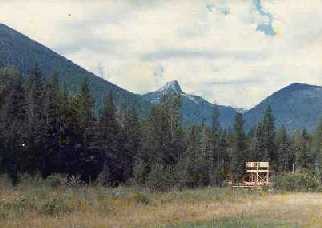
The Vallican Whole Community Centre
The site was practically donated by Michael Kaplan, who later left the Slocan Valley to ultimately become a physician. Eric Clough designed the original building. The 44' square foundation went in during an Opportunities for Youth Project in 1971, but with no money for capital expenditures, the hand-dug and poured solid concrete foundation walls with reinforced pillars was as far as they got.
When the community needed the building,
to house the Slocan Valley Free School (Rothstein, 1999) and gather as
a community for dances and benefits for people with fire misfortunes, Al
Luthmers created a new design for these purposes, for four cords of firewood.
Further construction started on the Vallican Whole Community Centre in
1973, with the building of a scale model which was to guide us in the construction
process. Most of us were amateurs to construction, and Al Luthmer's
idea for introducing us to the construction process through building the
model was a very Deweyan approach...Learning by doing (Dewey, 1897, 1902,
1915). For a more detailed description of this work, click on This Structure
after the next photo.
 |
The post and beam construction began in 1974, when the picture was taken. This structure will receive the giant plywood box beams which allow a 1500 square foot dance floor with no posts. The space is broken up for classrooms with large moveable cabinets which act as storage, room dividers, blackboard and posting board spaces. |
Pre-Apprenticeship Training:
As a result of 3 years of working on
the building, and doing renovation and roofing jobs in the Valley, I realized
I loved the work, I loved working with crews to build real usable things,
and I realized that some people actually made a living at such wonderful
work. Some carpenters just decided they were that after working in construction
for awhile. My decision to go to Carpentry pre-apprenticeship training
grew out of my understanding that for women to be accepted in the trade,
we needed to have the training and provincial certification that one's
skills were at an appropriate level.
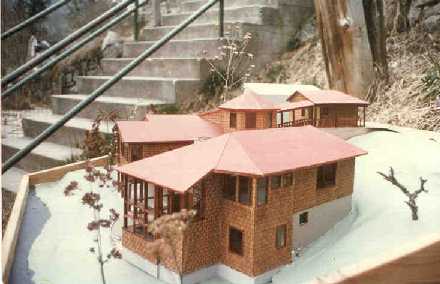 |
In 1977, in the deep of winter, after much struggle and challenge from the local apprenticeship counsellor, on January 3, I went to Dawson Creek (from the Slocan Valley) to take a six-month Carpentry Pre-apprenticeship course. It turned out to be one of the two most difficult experiences of my life. It was this model, of a house designed by Al Luthmers, that kept me going for the whole six months. We were going to build this house for the then owners of Ainsworth Hot Springs. I kept the plans on my walls in the dorm, and focused on the things I needed to learn to build it. |
When I left for Dawson Creek, 30 women threw me a party, and gave me a finishing sander as a going away gift. They, too, were part of what saw me through into my apprenticeship, along with Steve and Sharon Boyce. Steve was the director of Continuing Studies at Northern Lights College who gave me a student job, organizing women's studies courses in the rural areas around Dawson Creek. Sharon invited me into her women's group, where I found the support I needed to continue through what became an almost untenable situation in my carpentry classroom. I am thankful for their support and continuing friendship.
My Apprenticeship:
By the time I finished school, the owners
has decided to sell and move away, but Al, Wayne Buckwa and I worked together
on some of the most beautiful work I have ever seen or made. Wayne
is a very fine cabinetmaker, and was very good at sharing the tricks of
the trade.
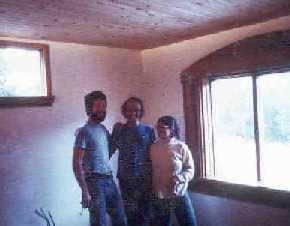 |
This is the first job we did together, a addition with some of the most beautiful work I have seen or done. I made my first rounded door cabinet, tile fireplace surround, learned how to make arches ...all skills that served me well throughout my apprenticeship and beyond. Notice the almost glass-like quality of the finish on the shelves, smooth as silk. I was learning what fine finish work was all about, as well as framing and angles and flooring. |

|
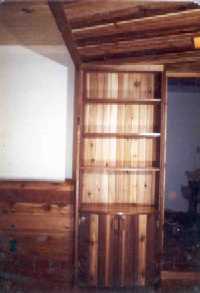  |
I worked on Judith
Ceroli's house many times over the years of my carpentry career. First we
pushed a window through her living room window, then built a room for her
son to stay in when he was visiting from LA. Wainscoting in the kitchen/parlour,
and, lastly, on my own, I built the bathroom, where I created a walnut
vanity table. Blood, sweat and tears went into that one, but I learned
how to sharpen my tools, with a fine edge and at the right angle, and keep
them that way! Thanks to Marty Hykin and Tommy Gillies for being my journeylevel
mentors before I joined the Union.
Sadly, this house burned down, but Judith has rebuilt, with Paul Wilkenson's
fine constuction work.
 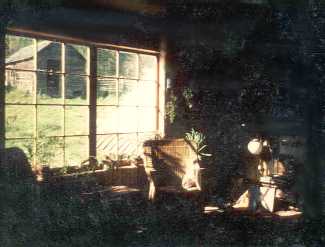
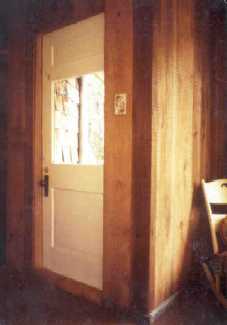 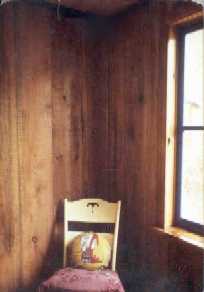 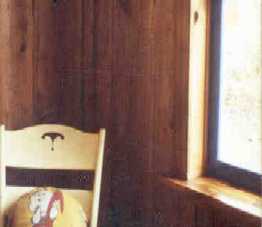 |
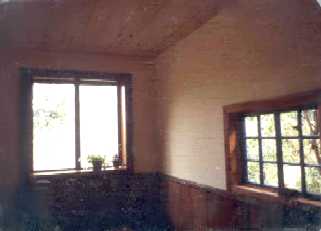 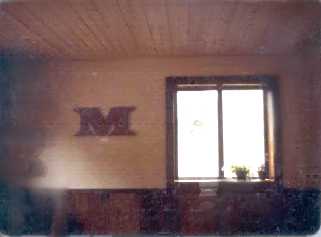 |
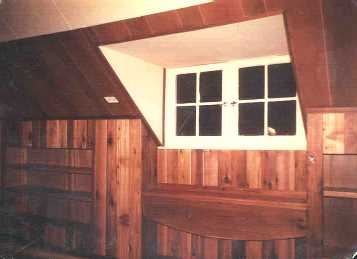 |
During the course of my apprenticeship, I did a number of small renovation jobs, to fill in when the work was slow. Building the shelves and fold-down desk into the eves of this tiny attic room added needed living space for this family. |
| Cutler's New was the first Victorian renovation done in Nelson. TLC Construction, a small non-union company in the Slocan Valley owned by Tommy Gillies, did the job. Tommy has two female apprentices on this job, after I encouraged him to hire Barbara Pratt. Some of the work was milled in Marty's shop in the Valley, but a lot of it was done on site. The result was unique, and was the beginning of a renaissance in Victorian restoration work all over town. Many beautiful buildings have been uncovered, renovated and restored in The Queen City of the Kootenays today. |  |
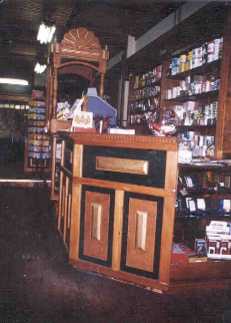 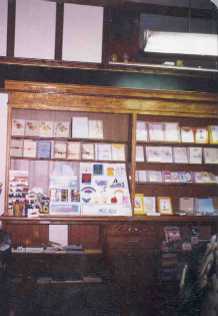 |
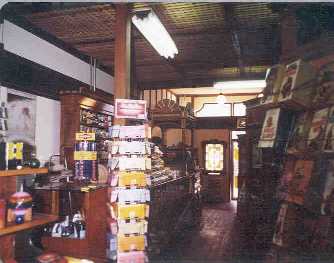 |
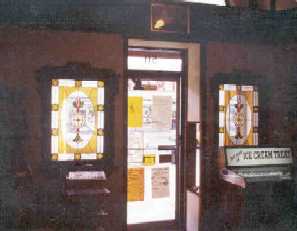 |
|
| This old school in Silverton, British Columbia was renovated one summer by a large group of young people for whom I acted as crew leader. When the students went back to school, I invited a crew of women carpenters and labourers to help me finish off the job. The following year a wheelchair ramp was built, and the interior was completed by another set of workers and volunteers. It is now a wonderful Art Gallery and performance space on the Slocan Lake, |  |
In 1979, I was working as an apprentice with Tommy in a small company, TLC Construction. I strained to keep working throughout the second year of my apprenticeship, and decided to join the Carpenter's Union, where your name went on a hiring list, and you were sent out to work with the support of the union. It took a year to get in, talking regularly with the Business Agent who told me to wait until the work picture got better. Finally, I said I thought the work picture was pretty good and could I please get in, and he told me to go down an talk to the Executive, but he wouldn't be able to be there. When I got to the office, the group of men sitting around asked me what I was doing there. When I told them my name, and that I had come to join the union, their jaws dropped! They said I would have to come back next month. I asked for a copy of the Collective Agreement and the Constitution, so I could check them out as well. The following month I came in; they looked at me and sent me out into the hall. When I was called back in, the President welcomed me as the first woman in the Carpenters Union (the United Brotherhood of Carpenters and Joiners of America) in British Columbia. That seemed strange, many women had taken pre-apprenticehsip training before me, at other schools in the Province.
Journeylevel Qualification
| This photo was taken at BCIT, when they thought I was the first woman to be certified as a carpenter in British Columbia in 1981. They published an article on it for the BCIT news. Years later, studying provincial apprenticeship statistics, I discovered a woman had graduated before me, in 1976, but no one ever heard of her again. Stories of my experiences at trades school have been told in speeches to WITT women, and around the kitchen tables of the nation. |
| The celebration took place in the Vallican Whole Community Centre. My first union job as a Journeylevel Carpenter was building senior citizen's housing for the Kiwanis in Nelson. |  |
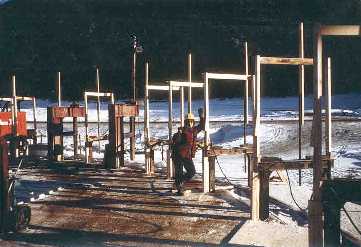 |
Coal silos were being built at Green
Hills in the early 1980s. There was money to be made in camp jobs working
7 days a week. Coming off a job building senior citizens housing, one of
the union brothers I worked with on that site suggested we go up to Elford
and try it out. So I found myself in a camp with 400 men and 5 women,
only one other of whom was working in construction (she was a first year
apprentice, I had received my InterProvincial trade certification 6 months
earlier.) Proving yourself on every new job takes about two weeks, while
they watch to see that you carry your own boards. It was one of the best
experiences of my life. I wrote an article about that experience which
was published in On The Level, the Carpenter's Union prizewinning newspaper.
It was called, "Respect is the Bottom Line."
Looking back, there were a few problems, as the
guys tested my mettle, some quite painful. But overall, it was a gratifying
job. |
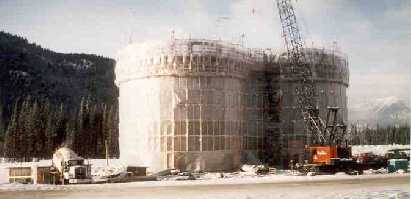 |
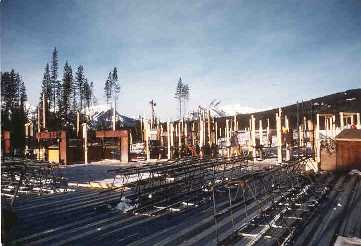 |
| My apprenticeship was a rich variety
of framing, concrete work, fine finish work, roofing and renovation. Perhaps
because I have chosen to live in a rural setting, my experience was much
broader than that of many of those with whom I went to school. A large
proportion of those from urban centres did nothing but formwork, building
high rise buildings for their 4 years of apprenticeship. It is a flaw in
the system that needs repair.
In 1986, the second to the last year of
Founder John Barton's tenure at the Selkirk College School
of Fine Woodworking, I applied and was accepted into the program. It
was an intense and fruitful time, cut short by a job recruitment offer
to develop and teach a WITT program
at the College of New Caledonia in Prince George.
|
|
 |
|
More work photos are found at our home in the Kootenays
Background by:
